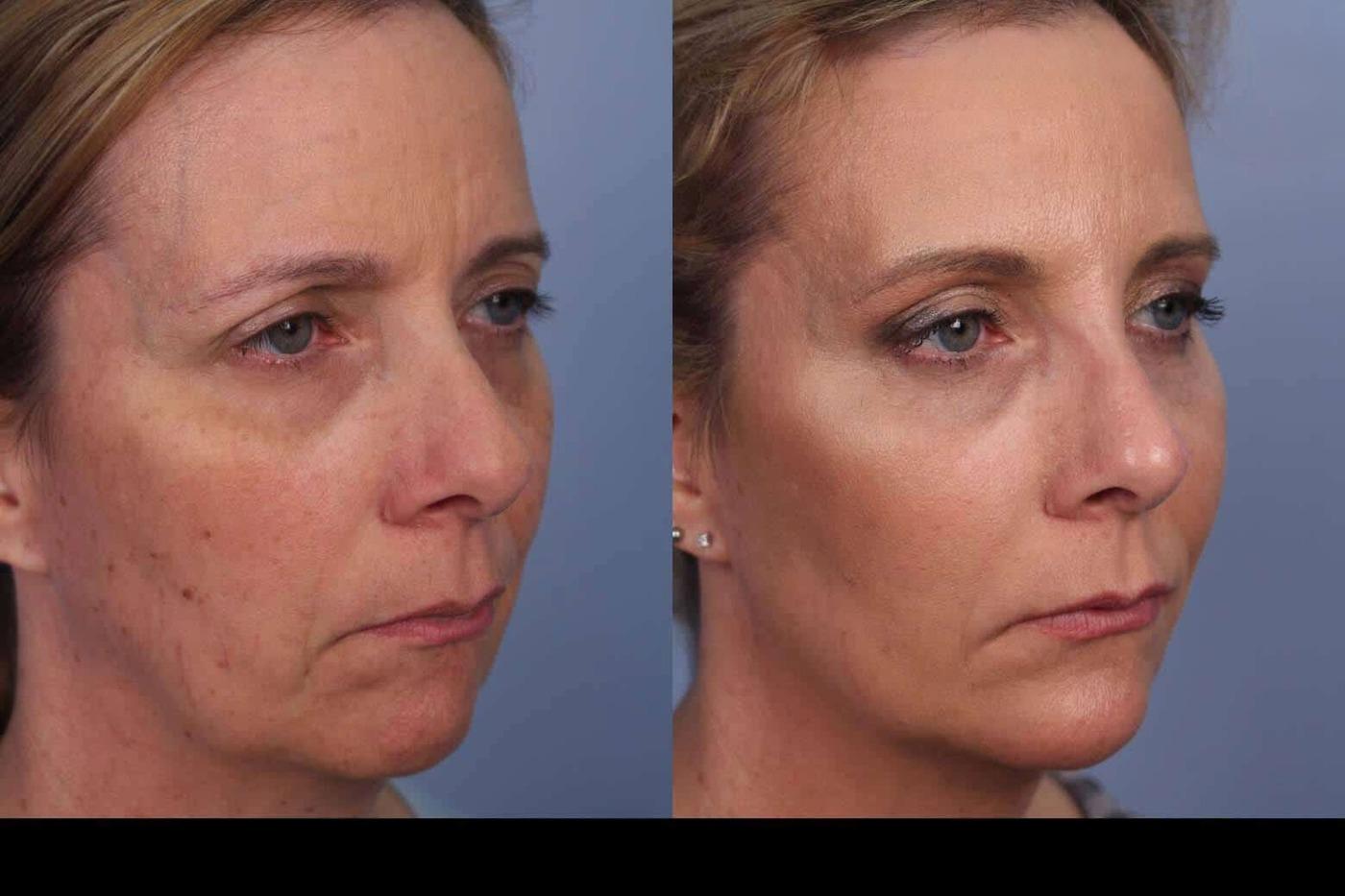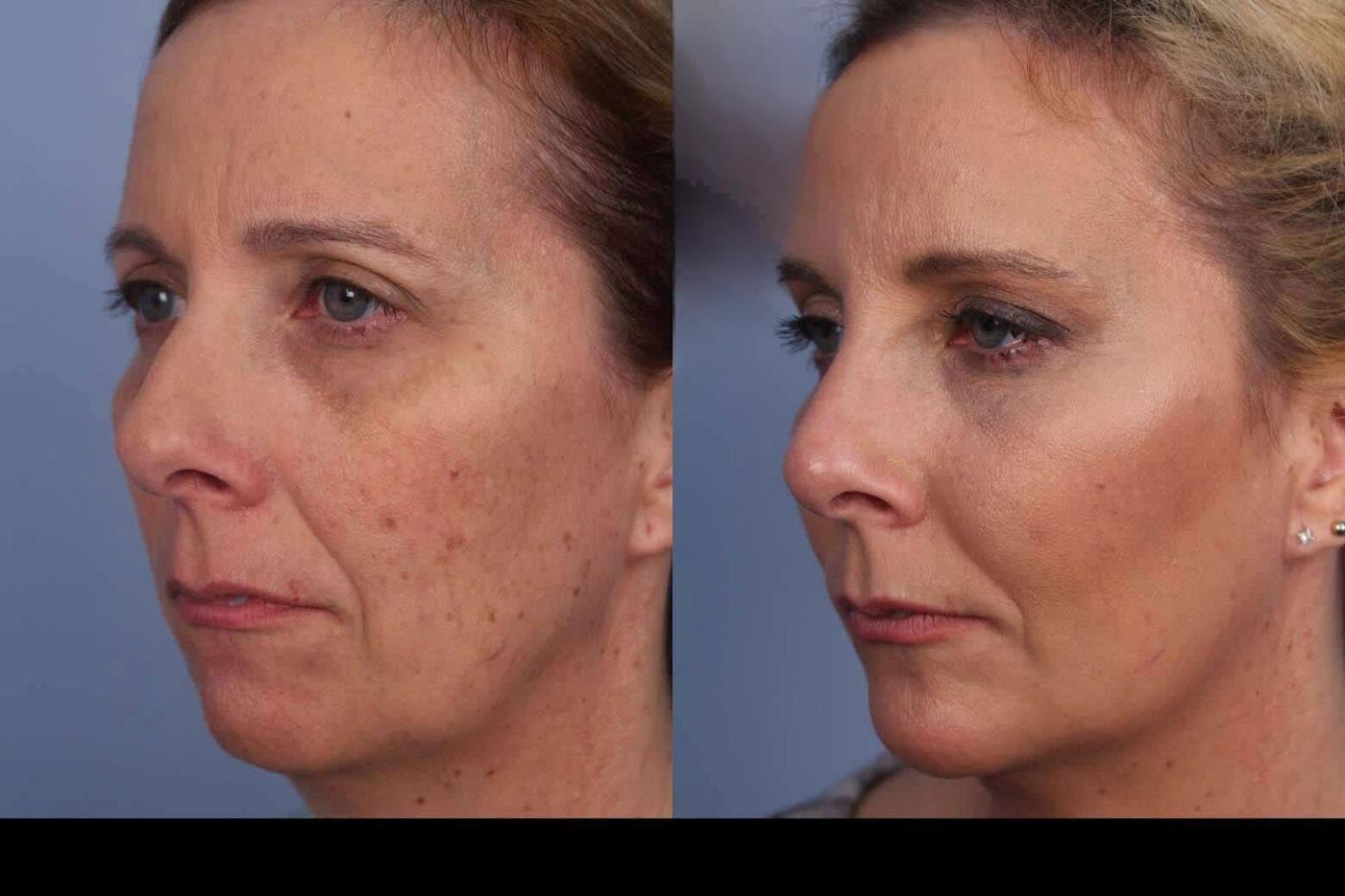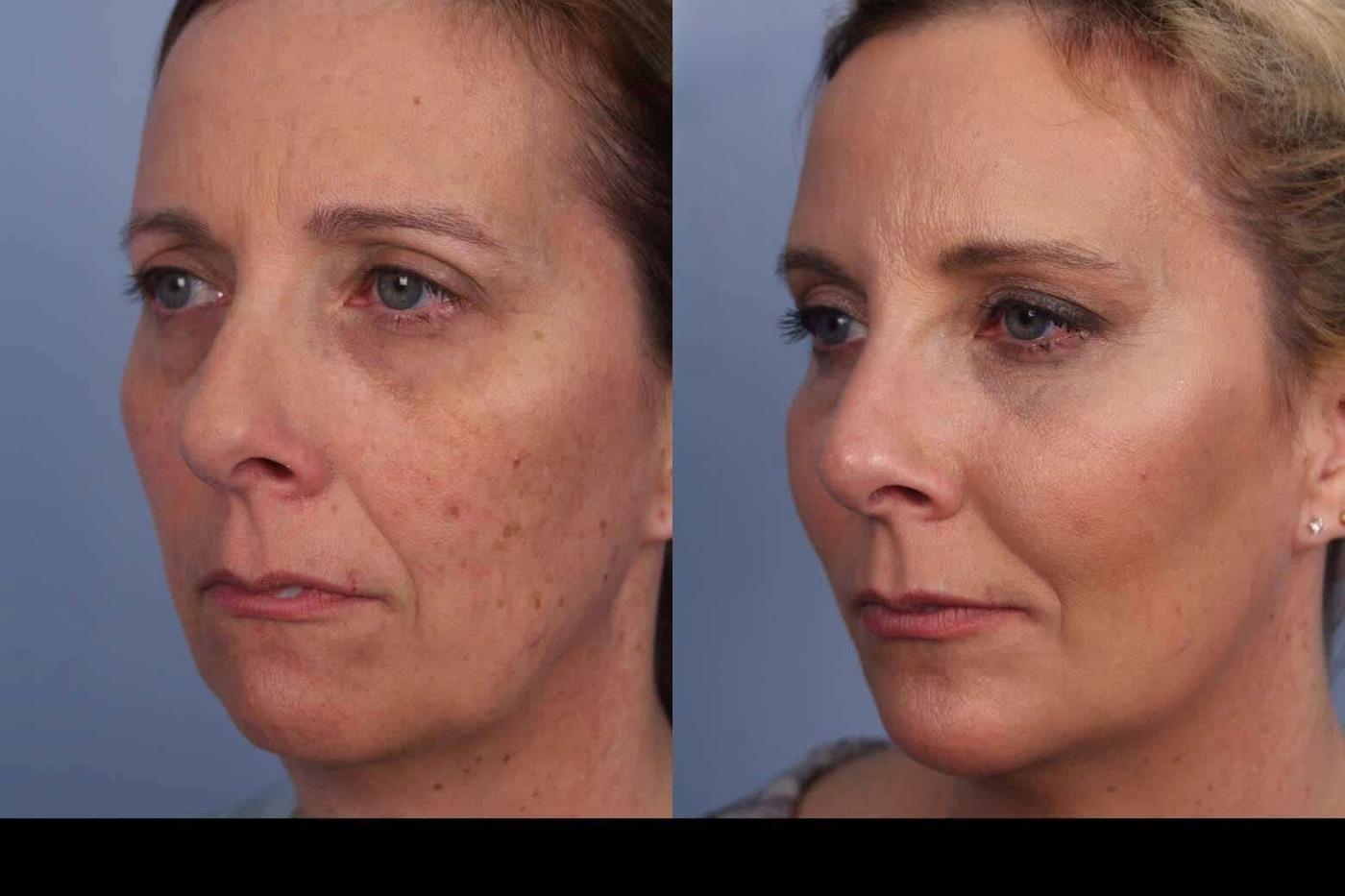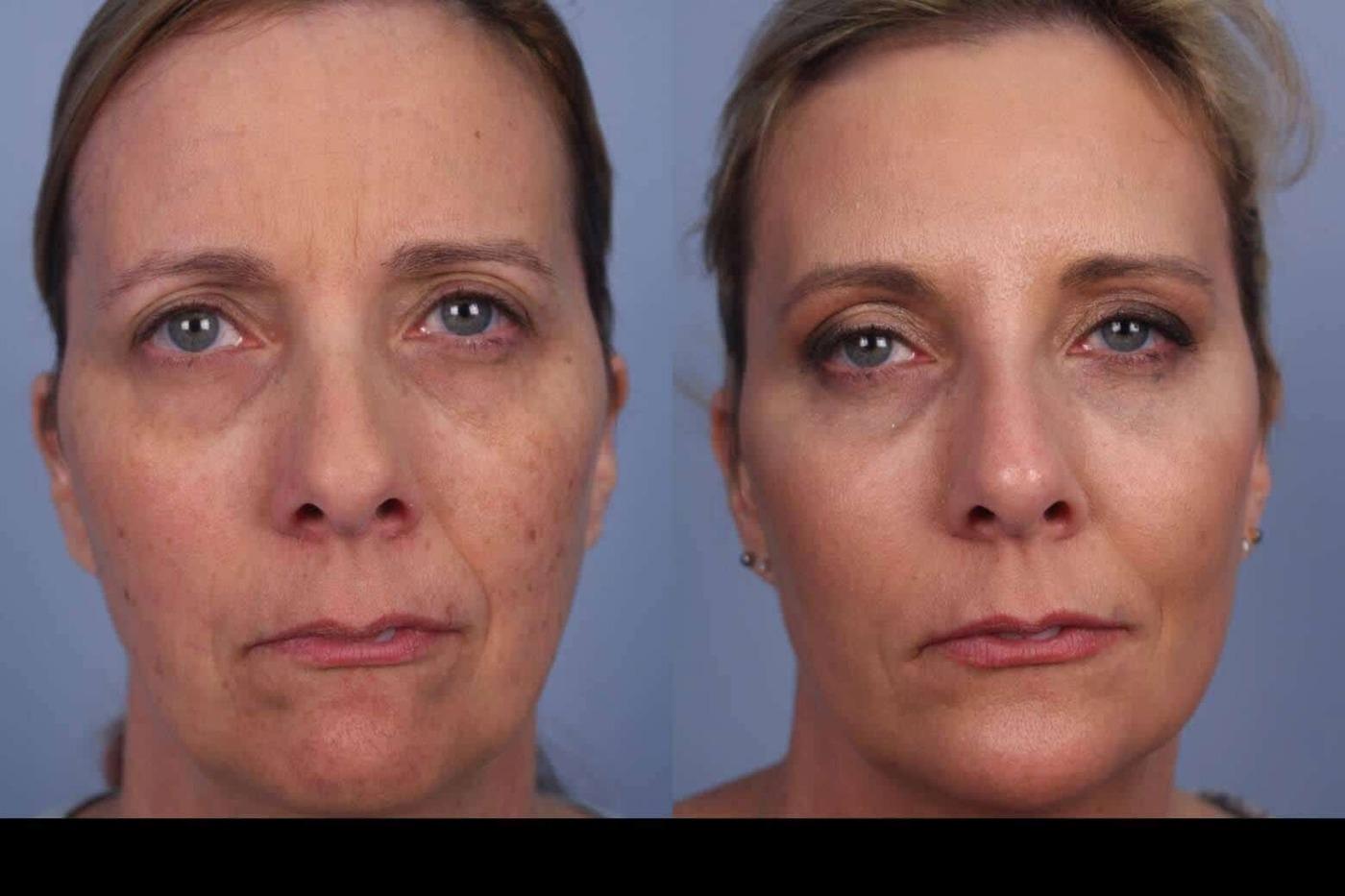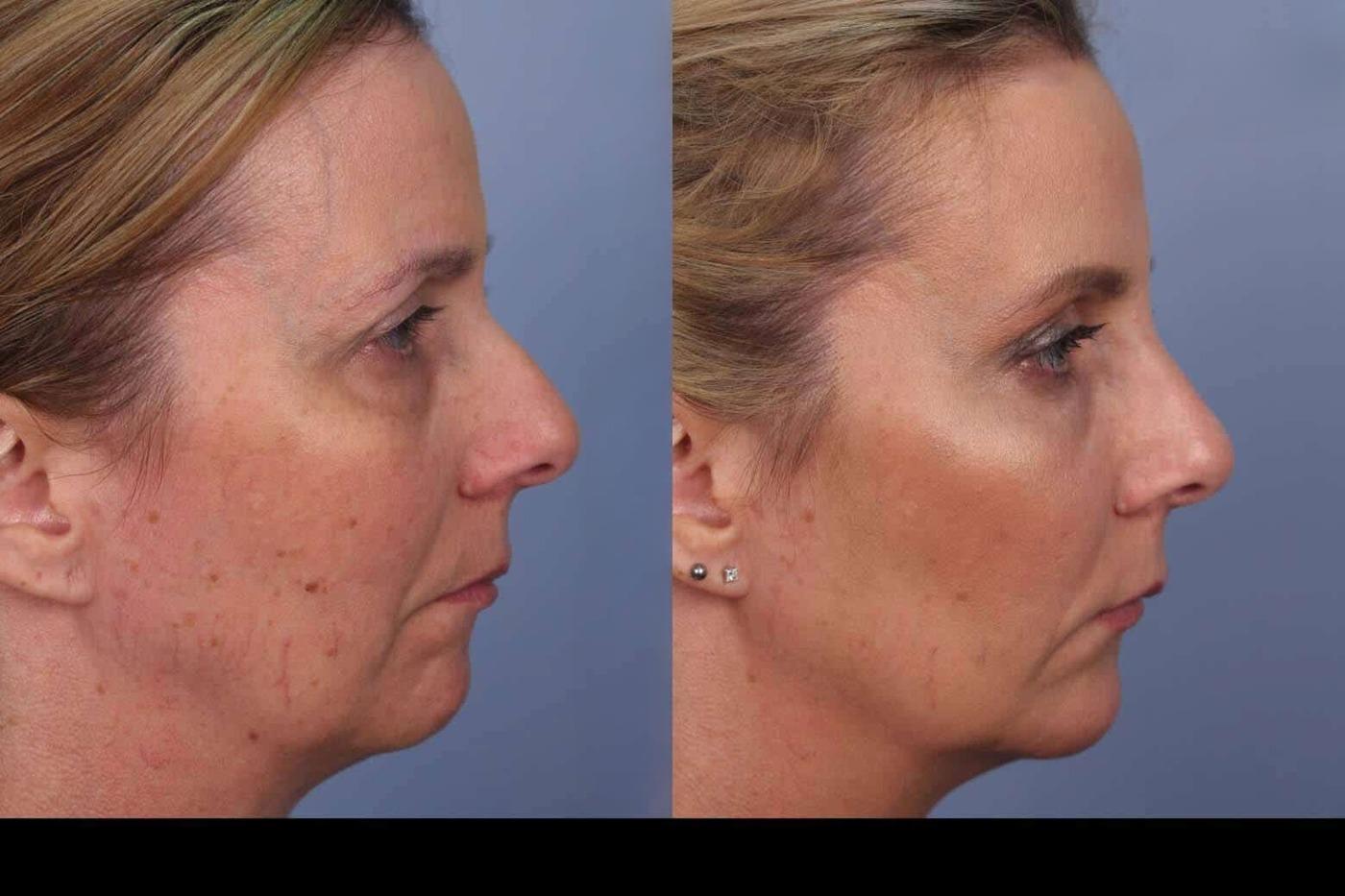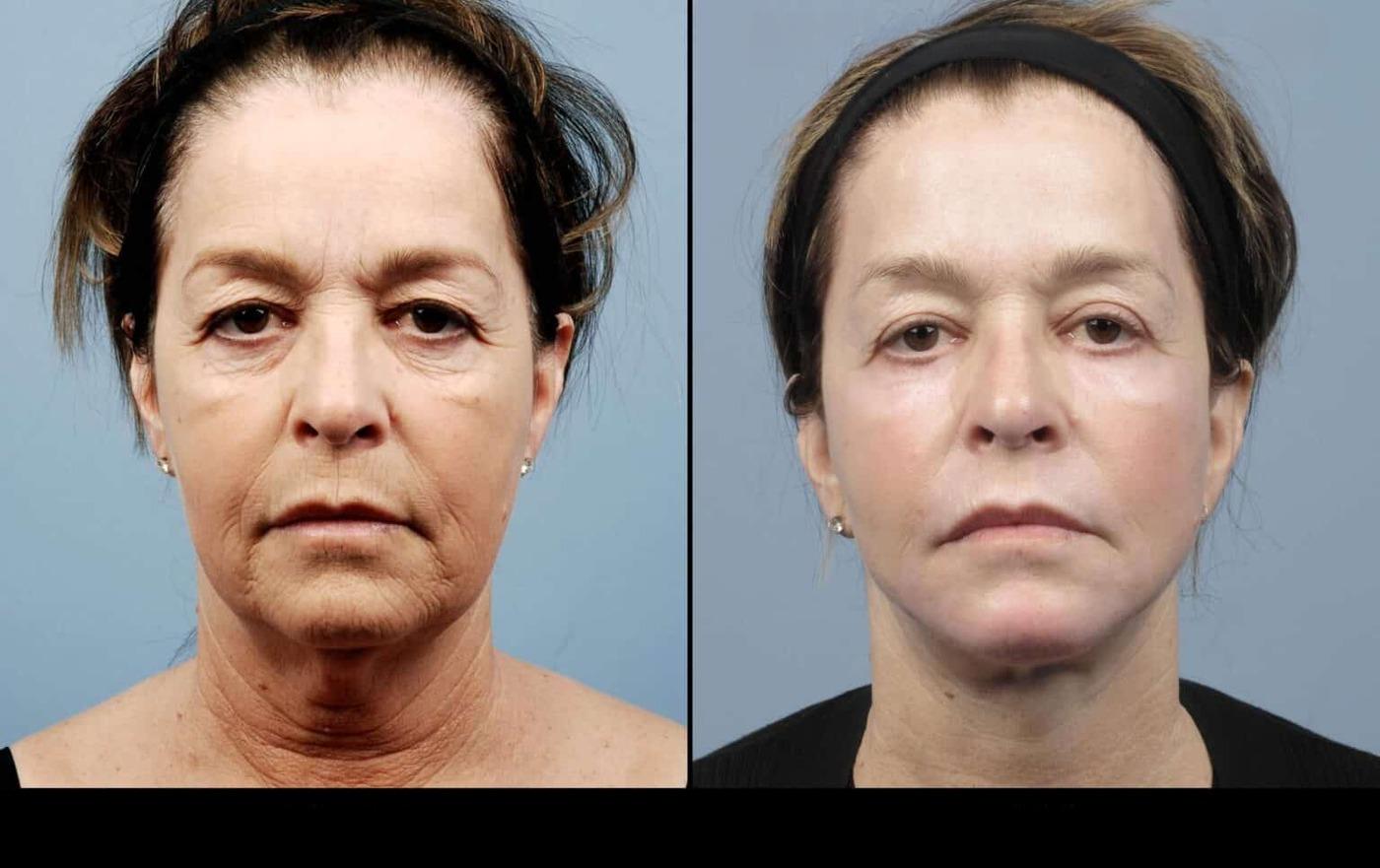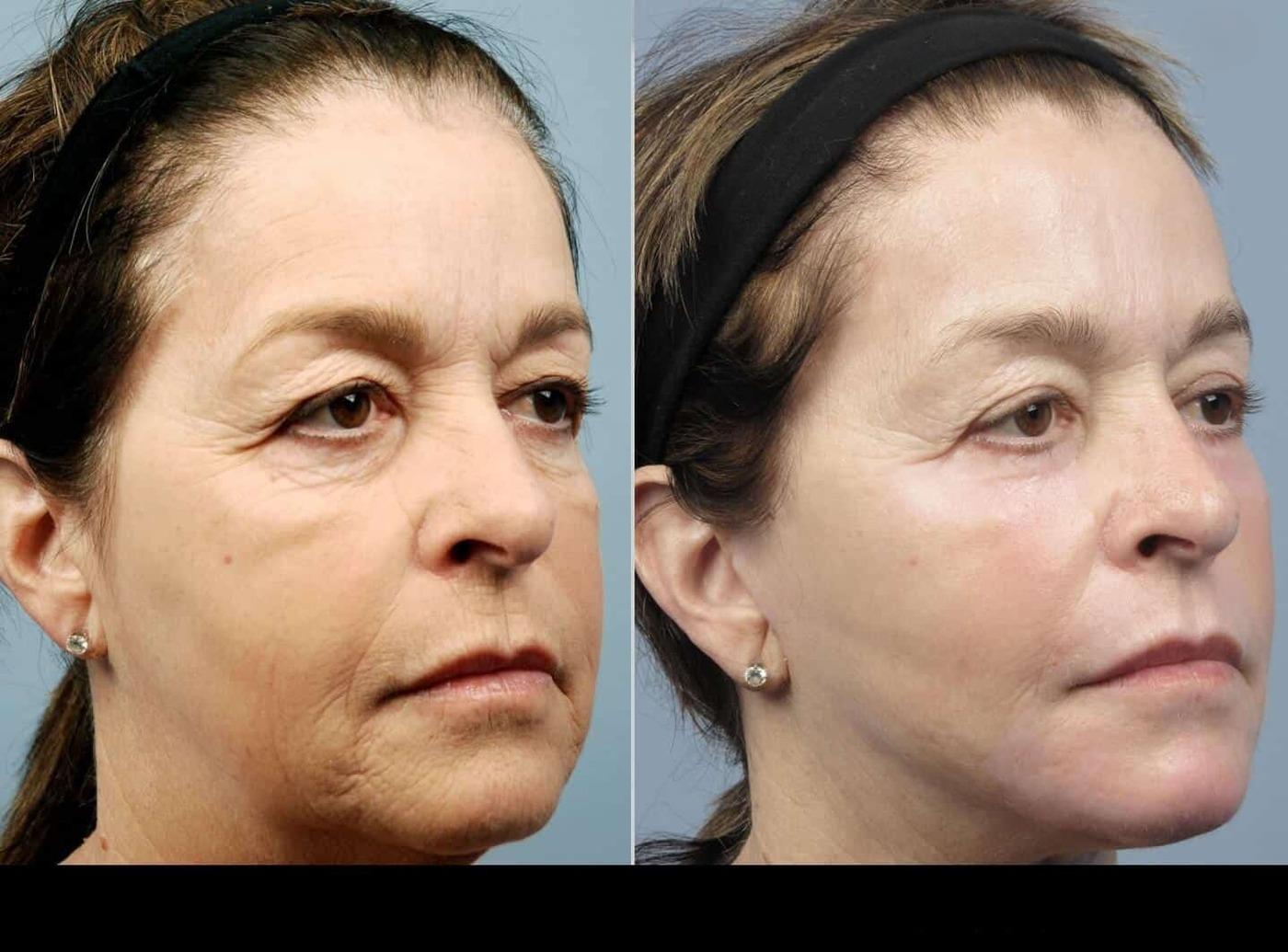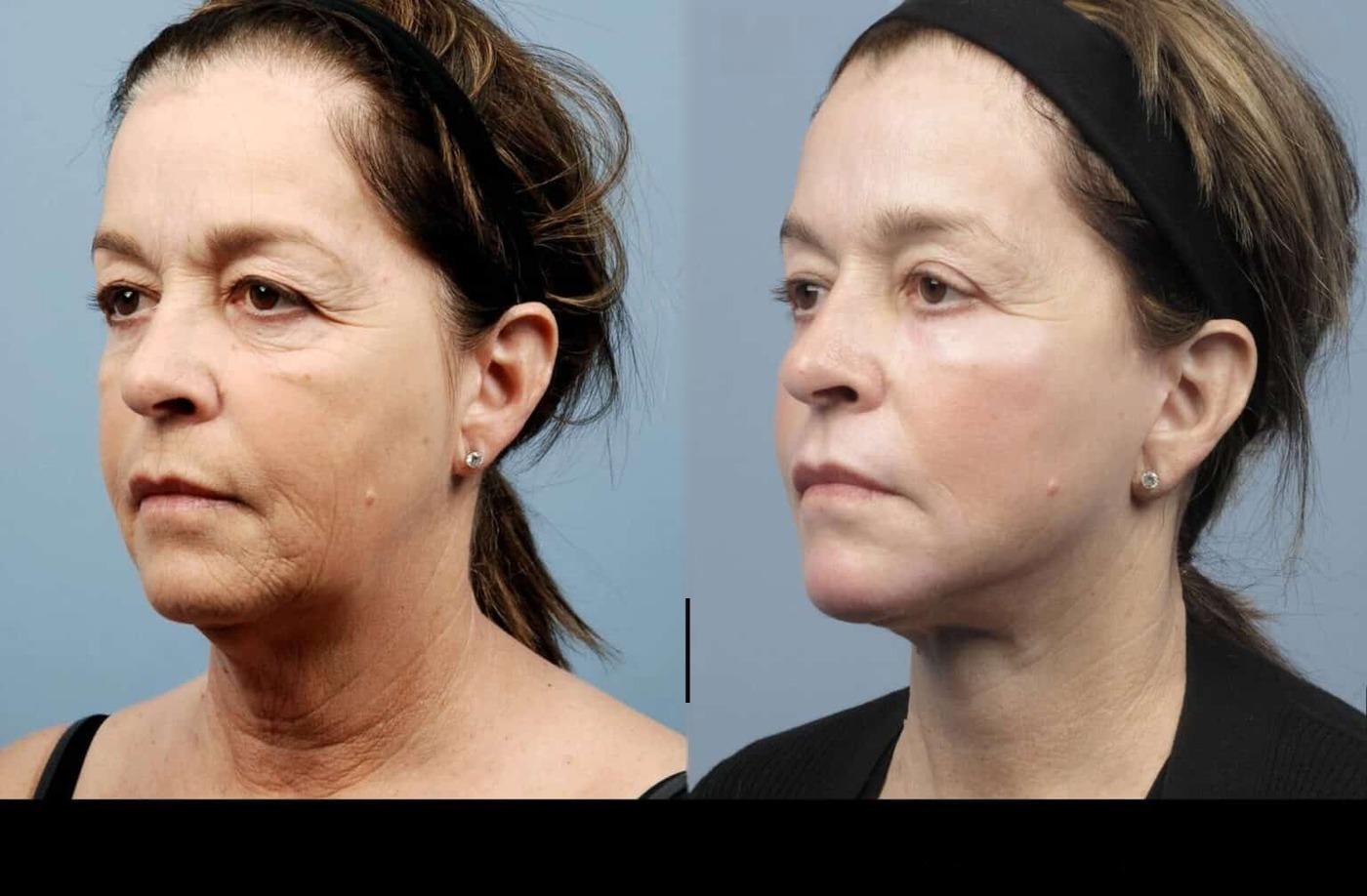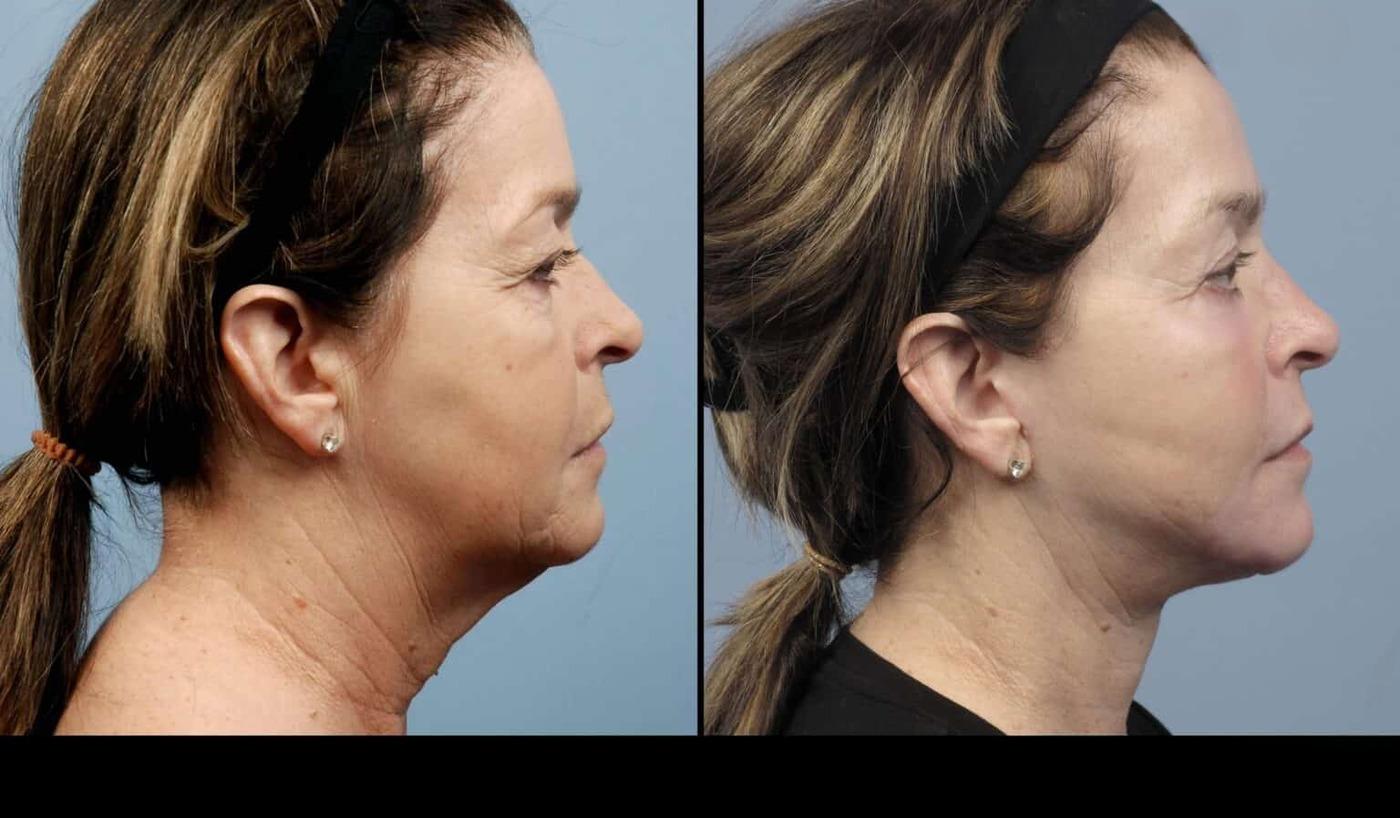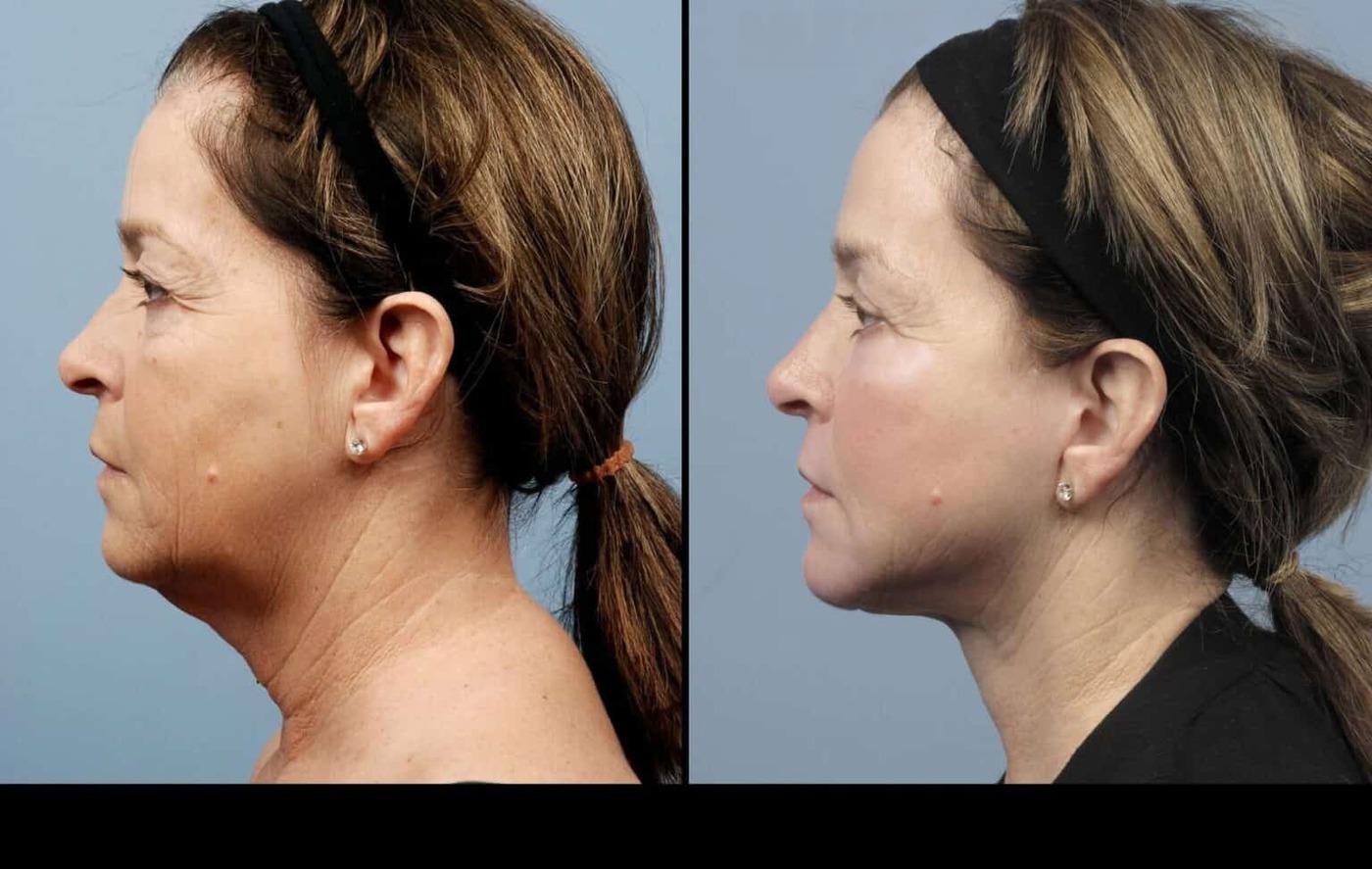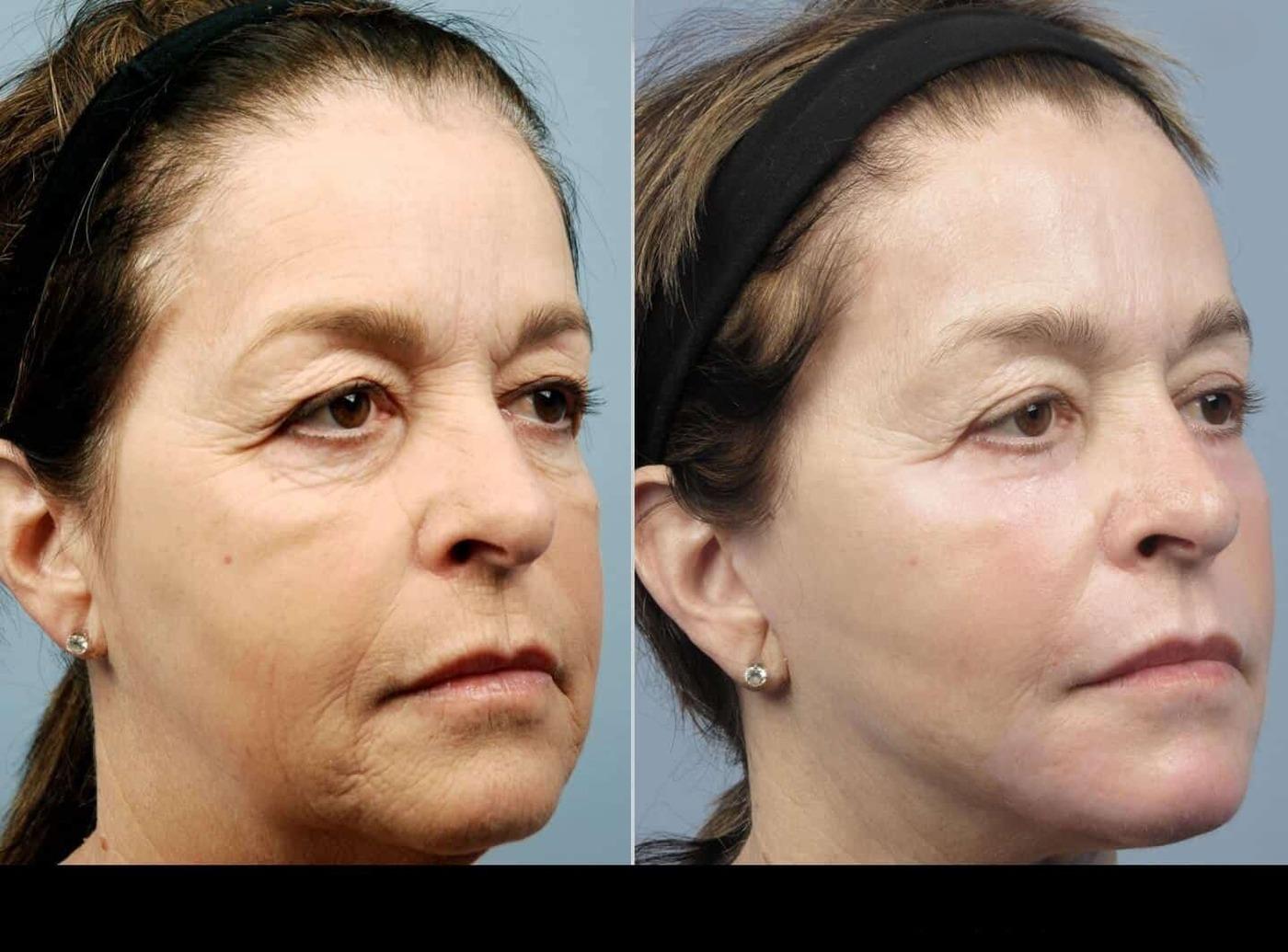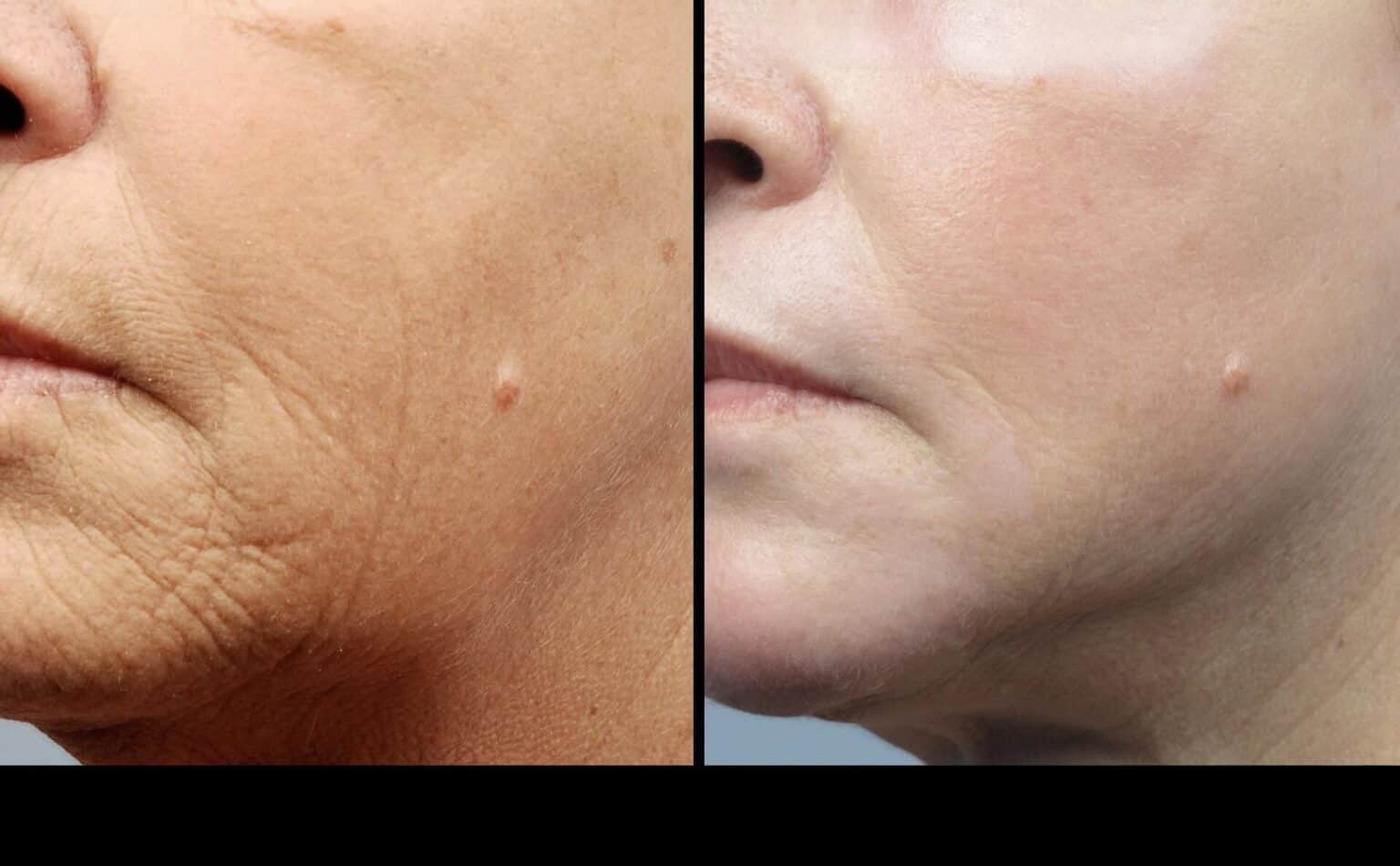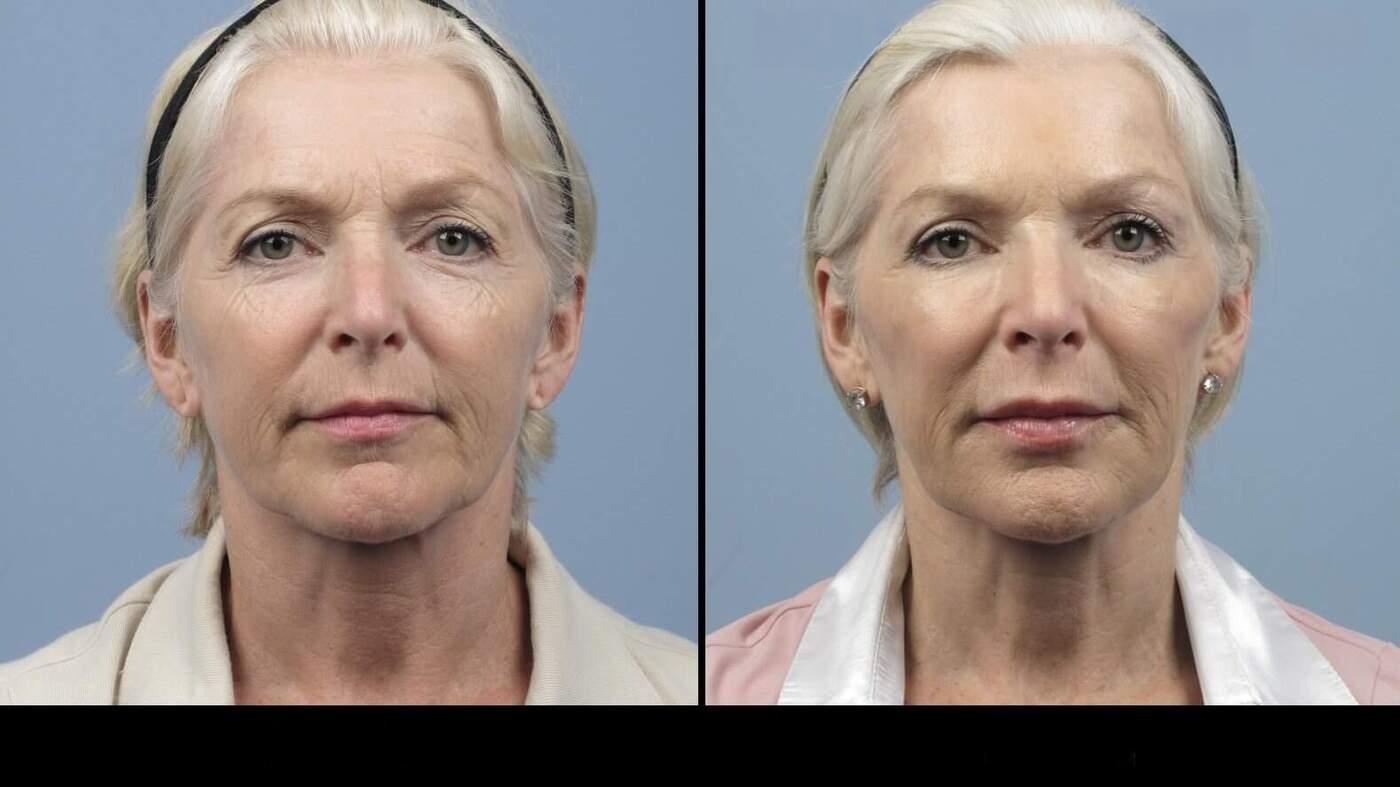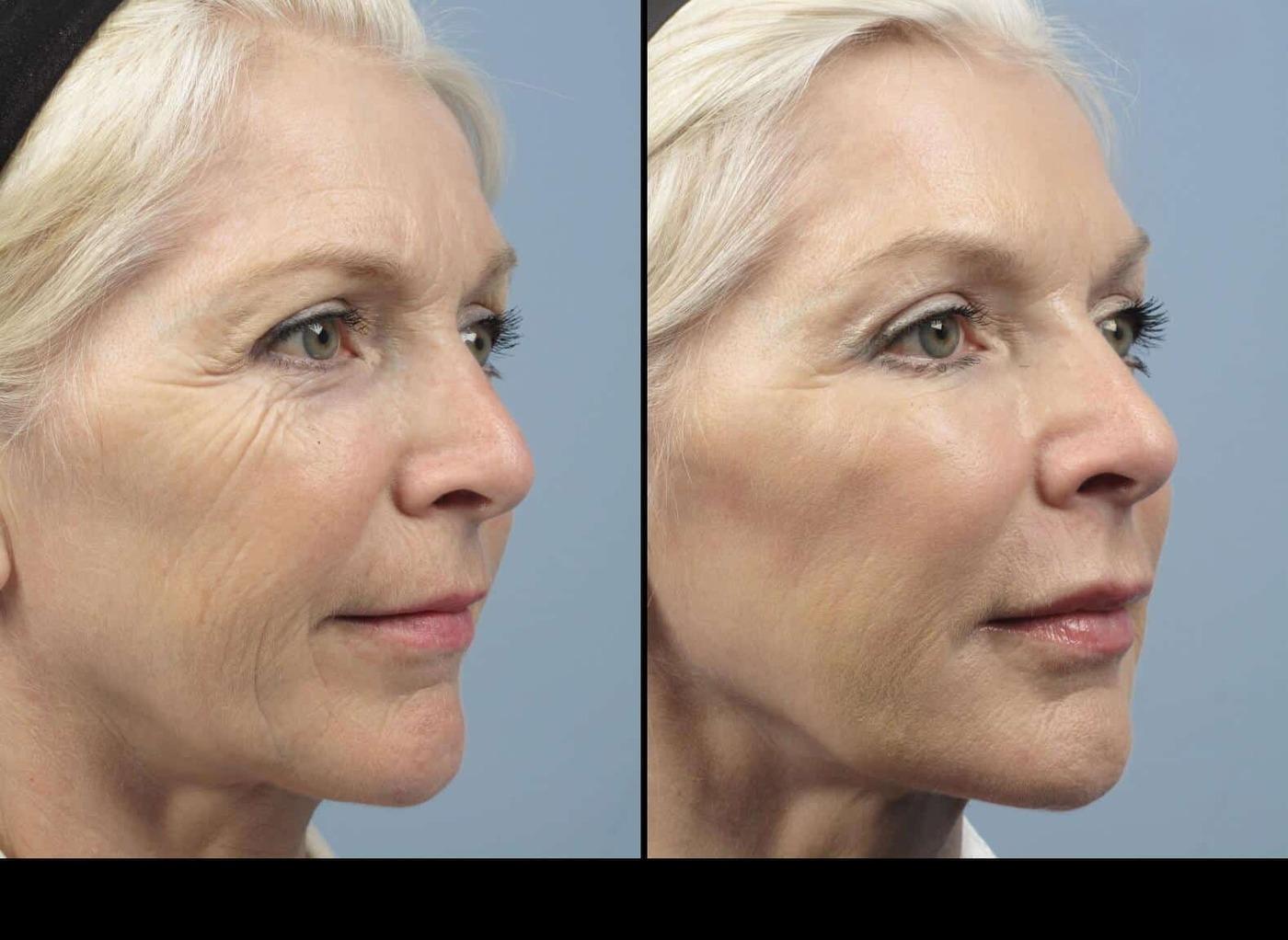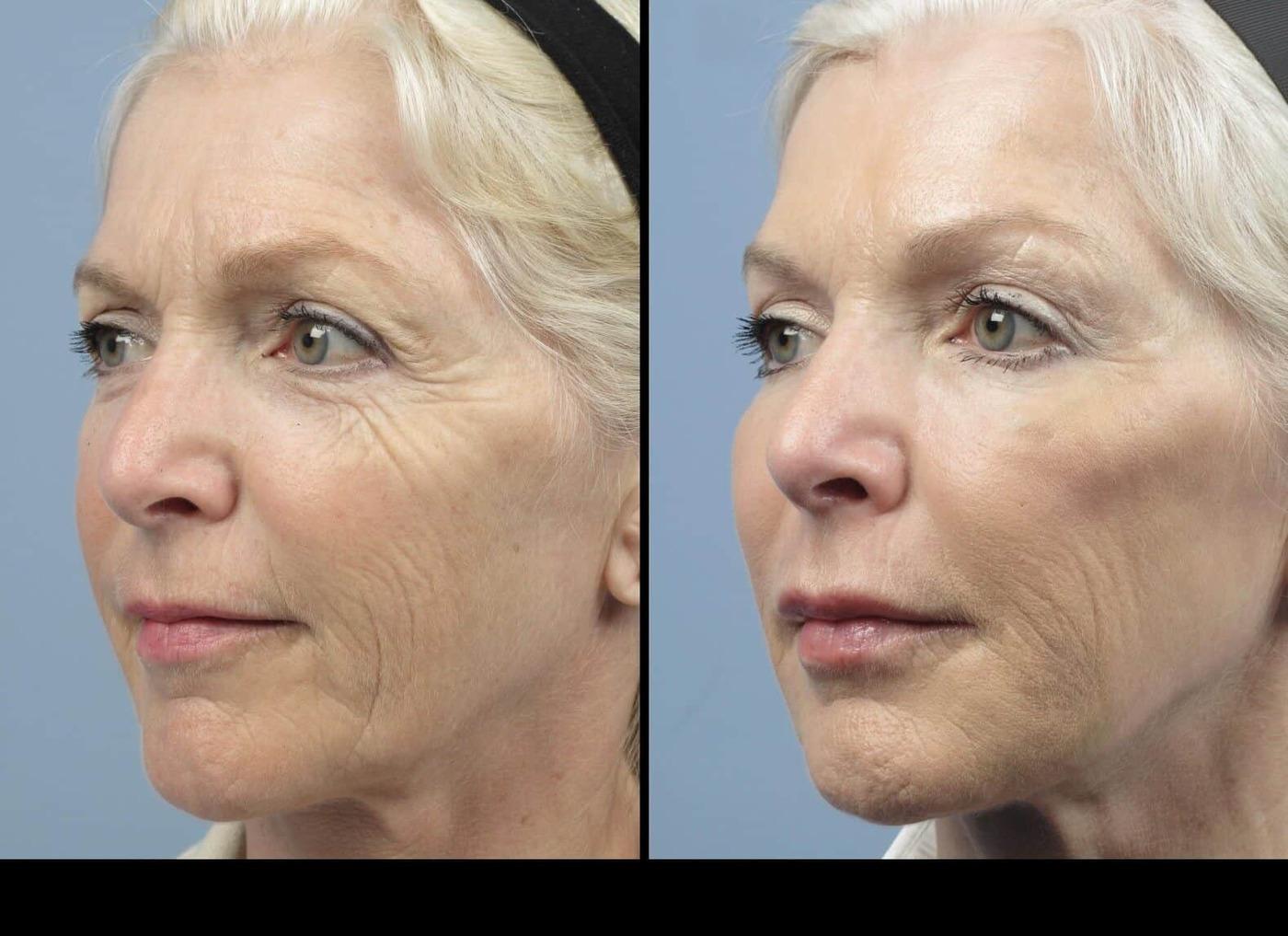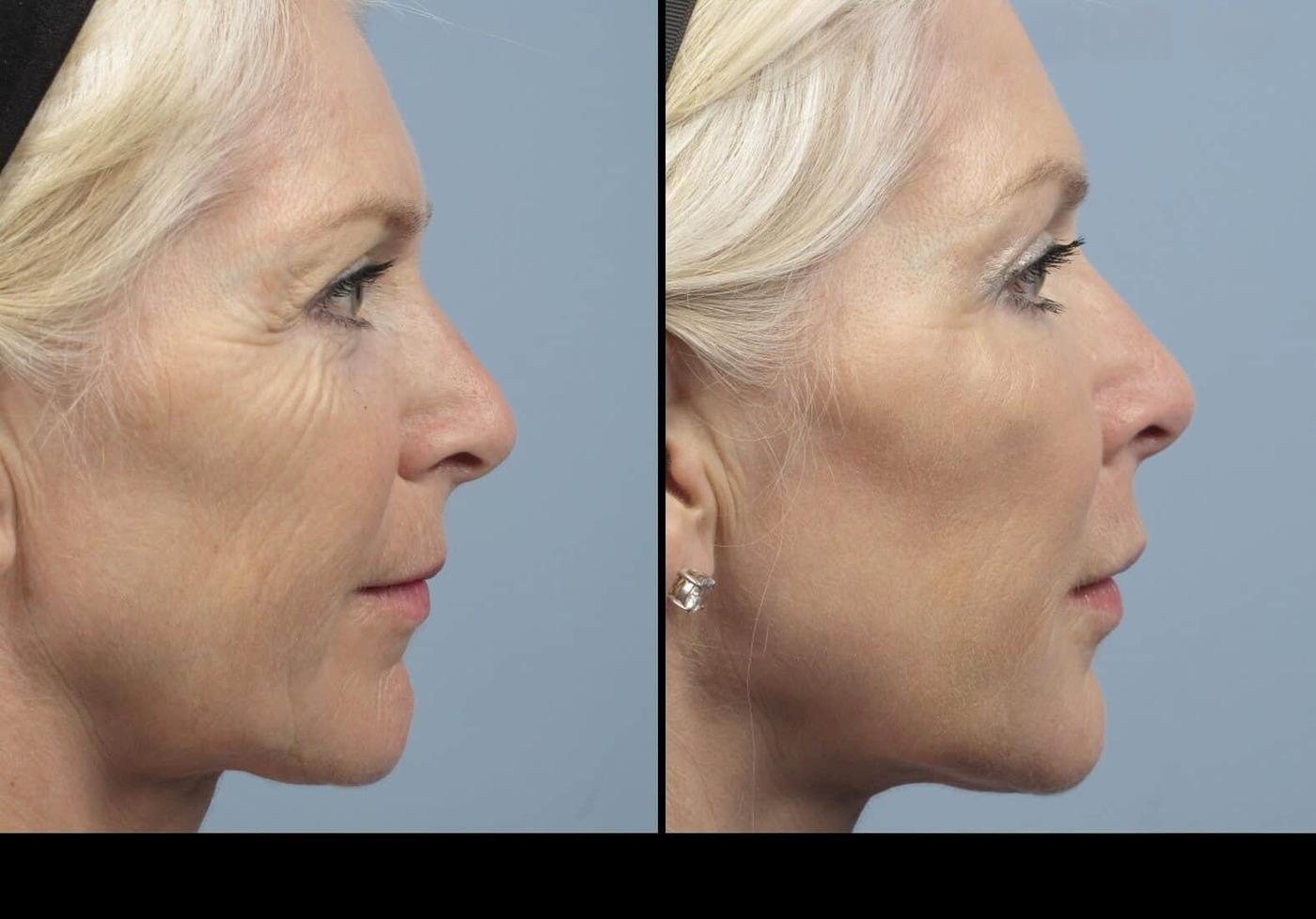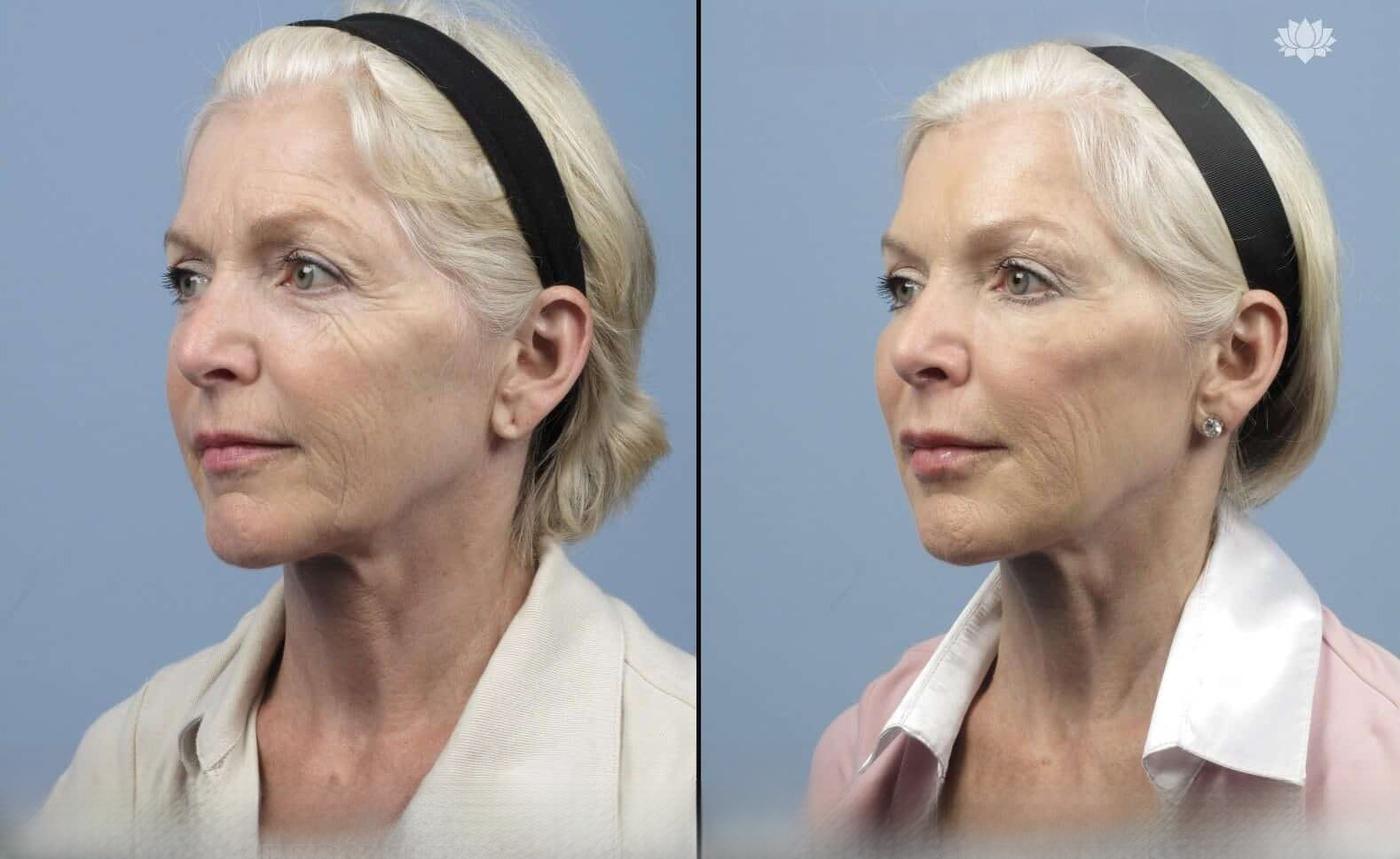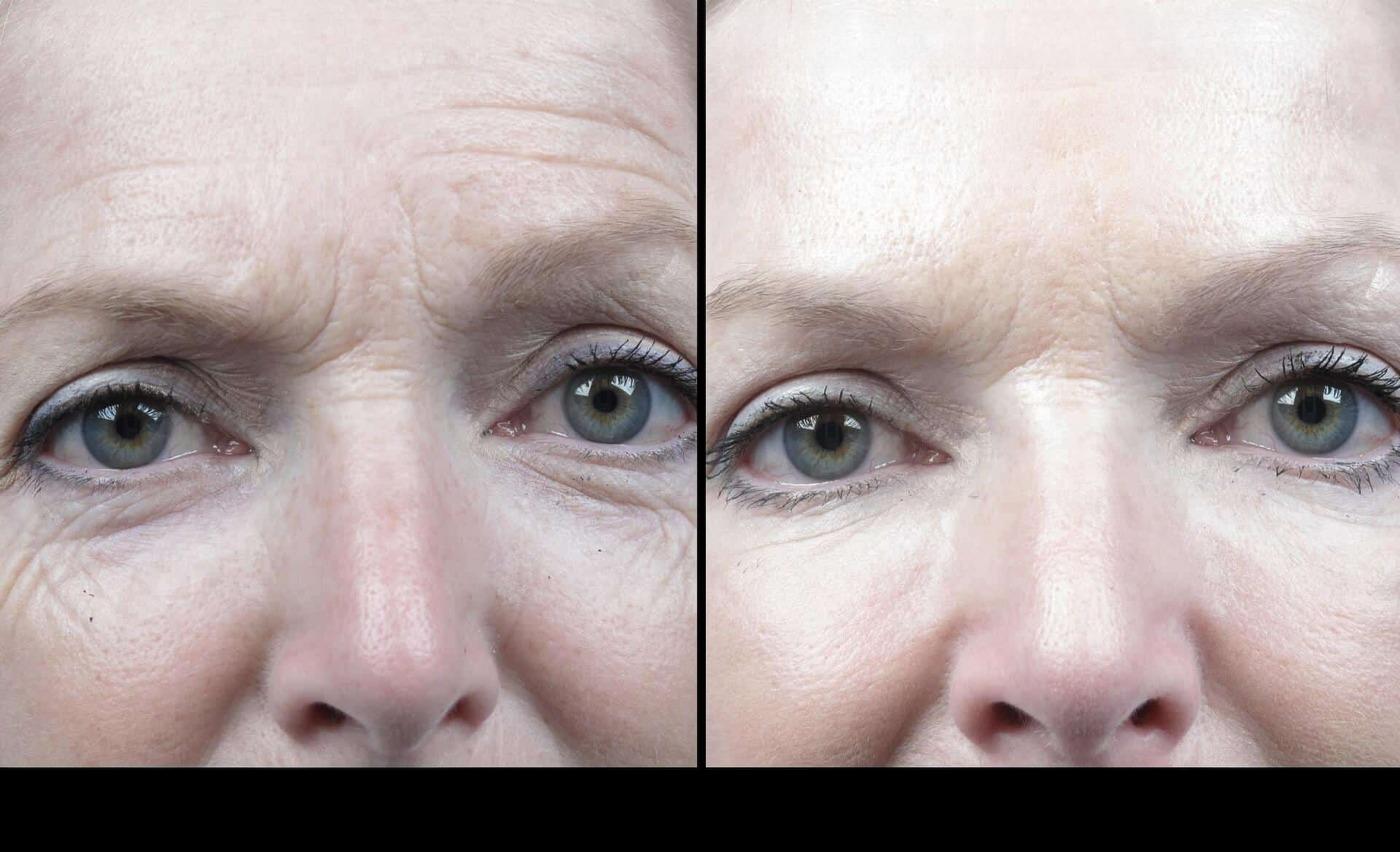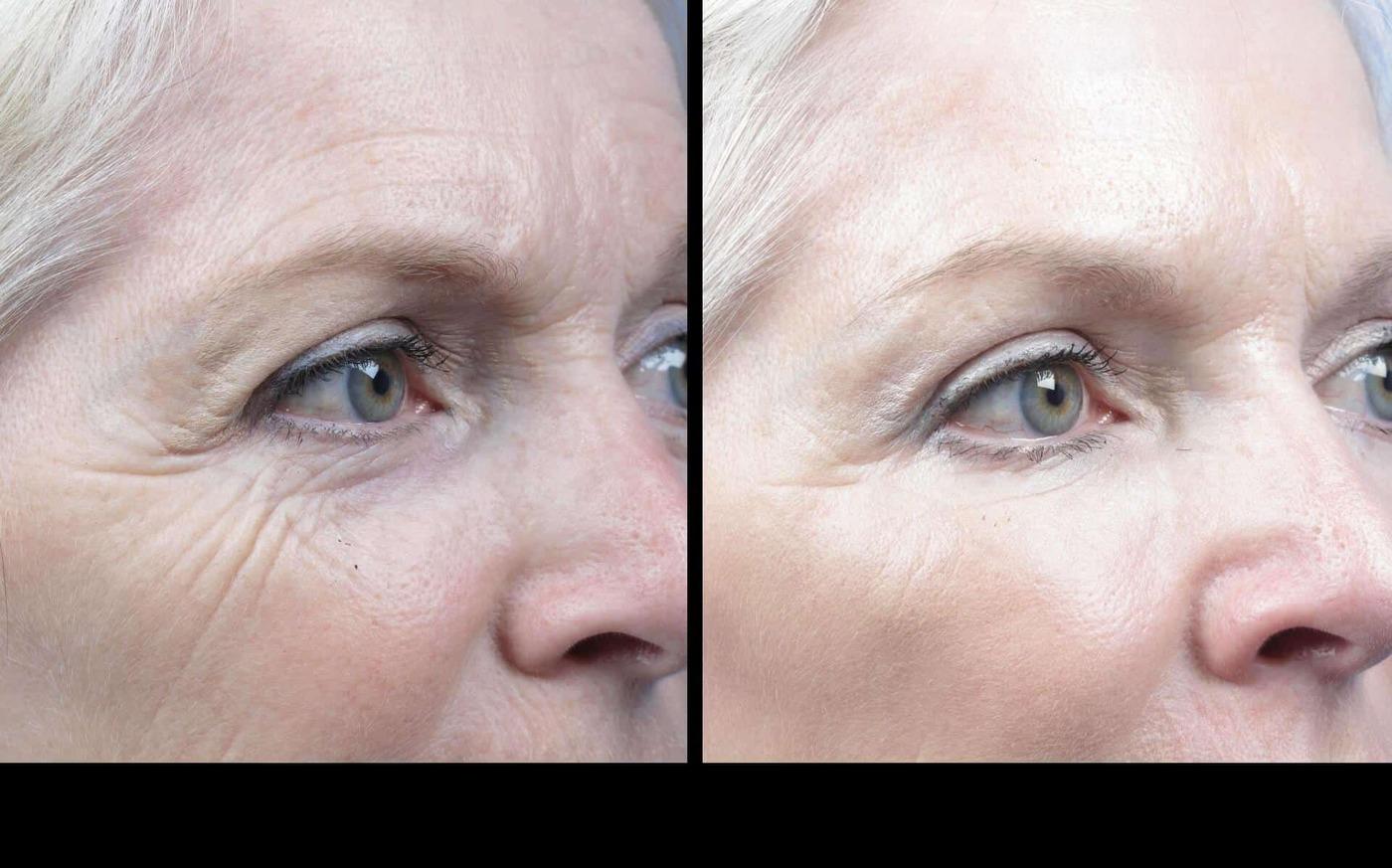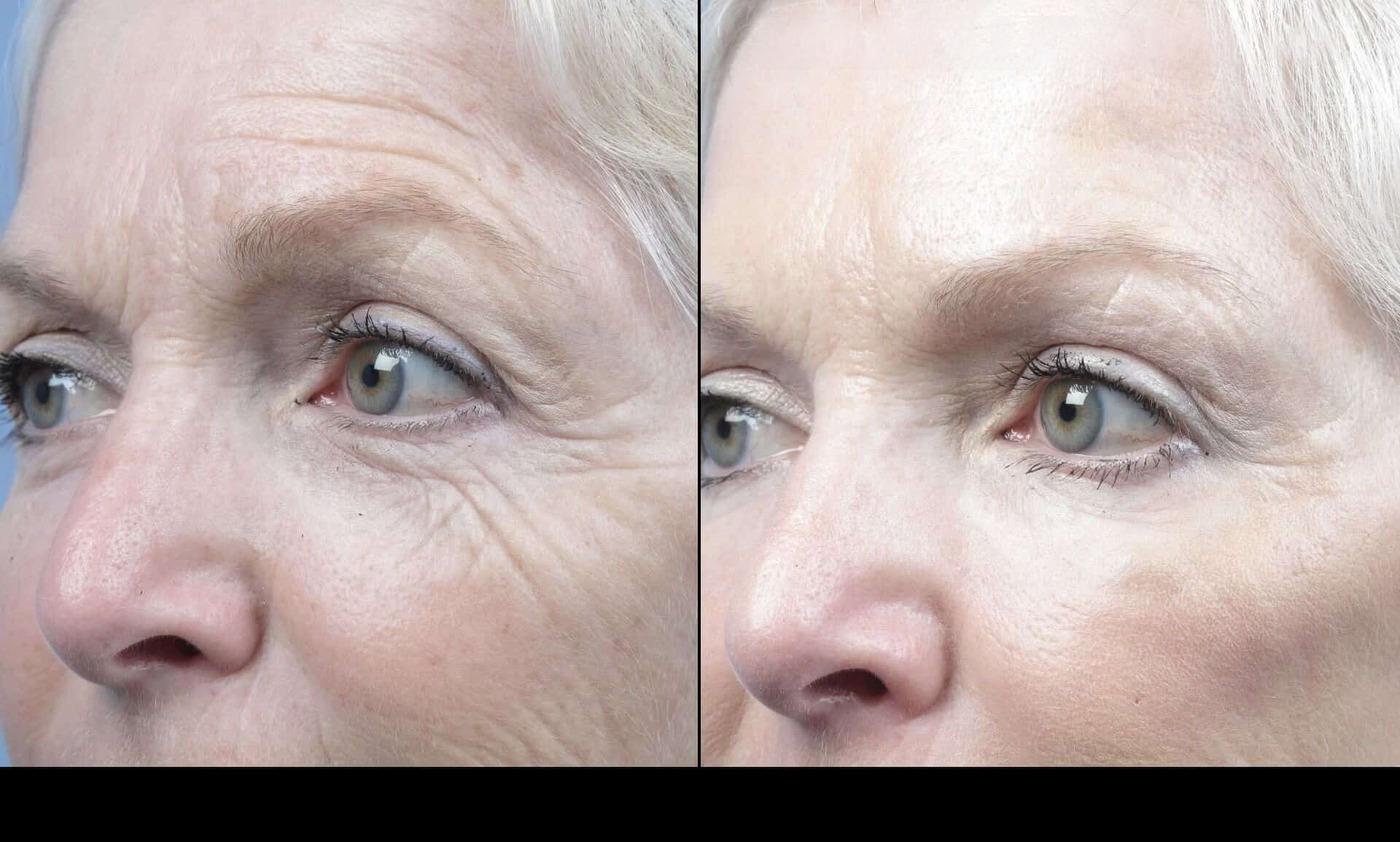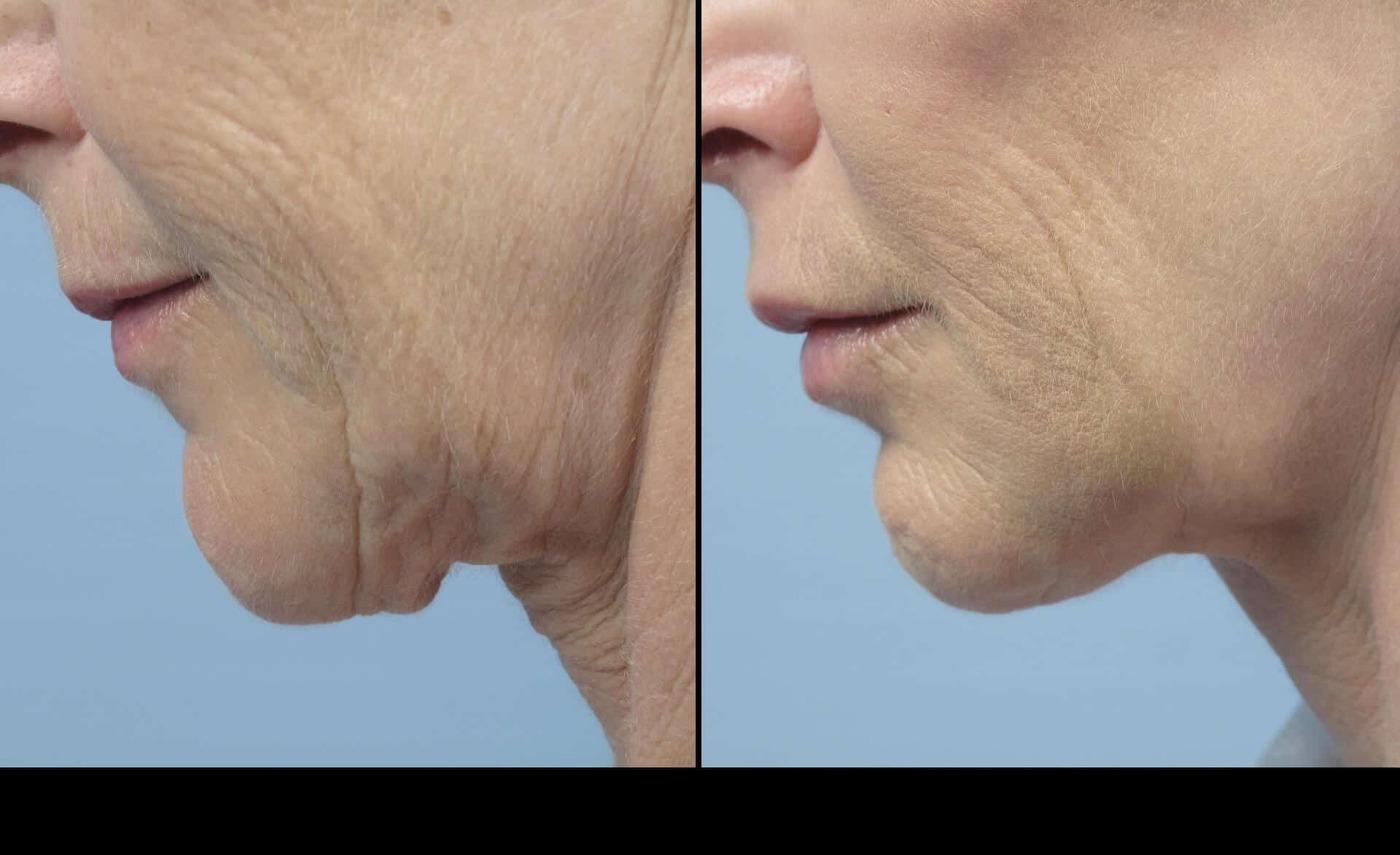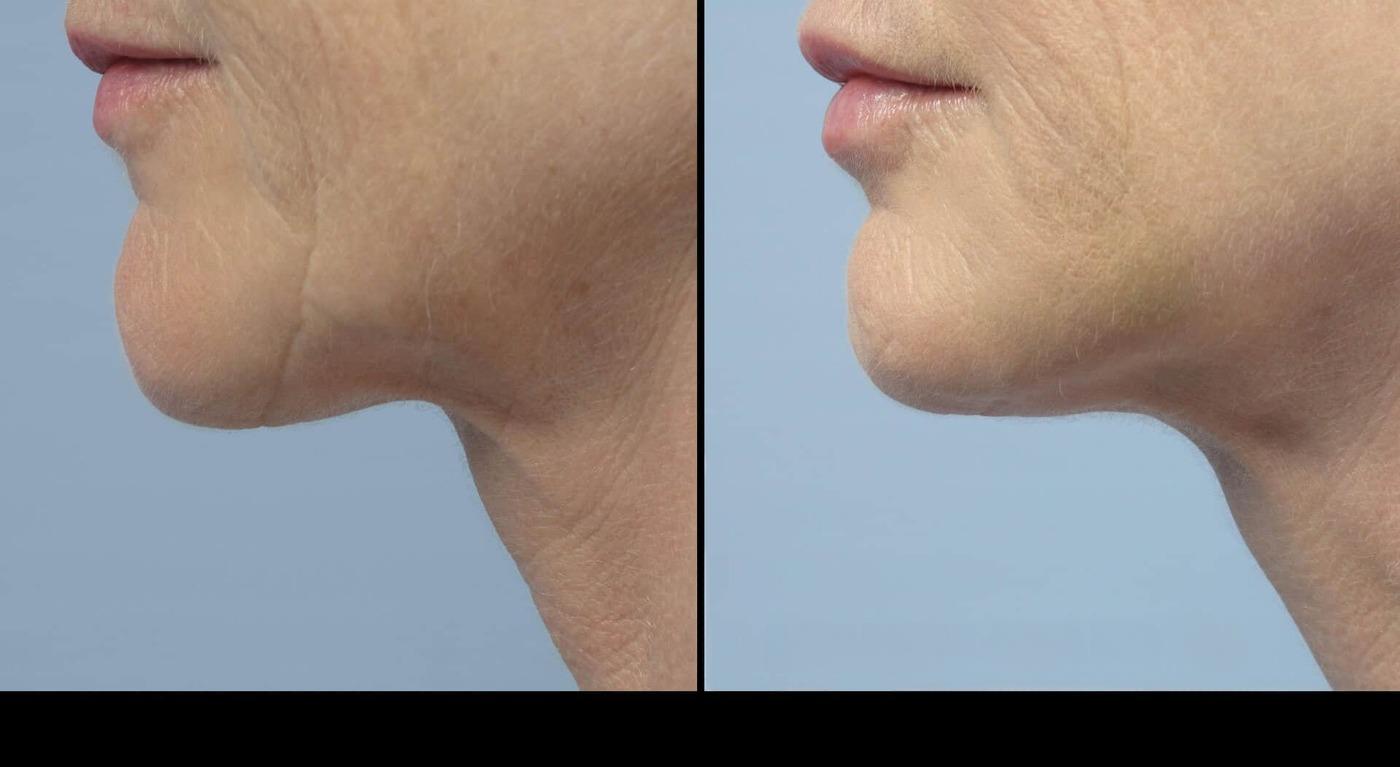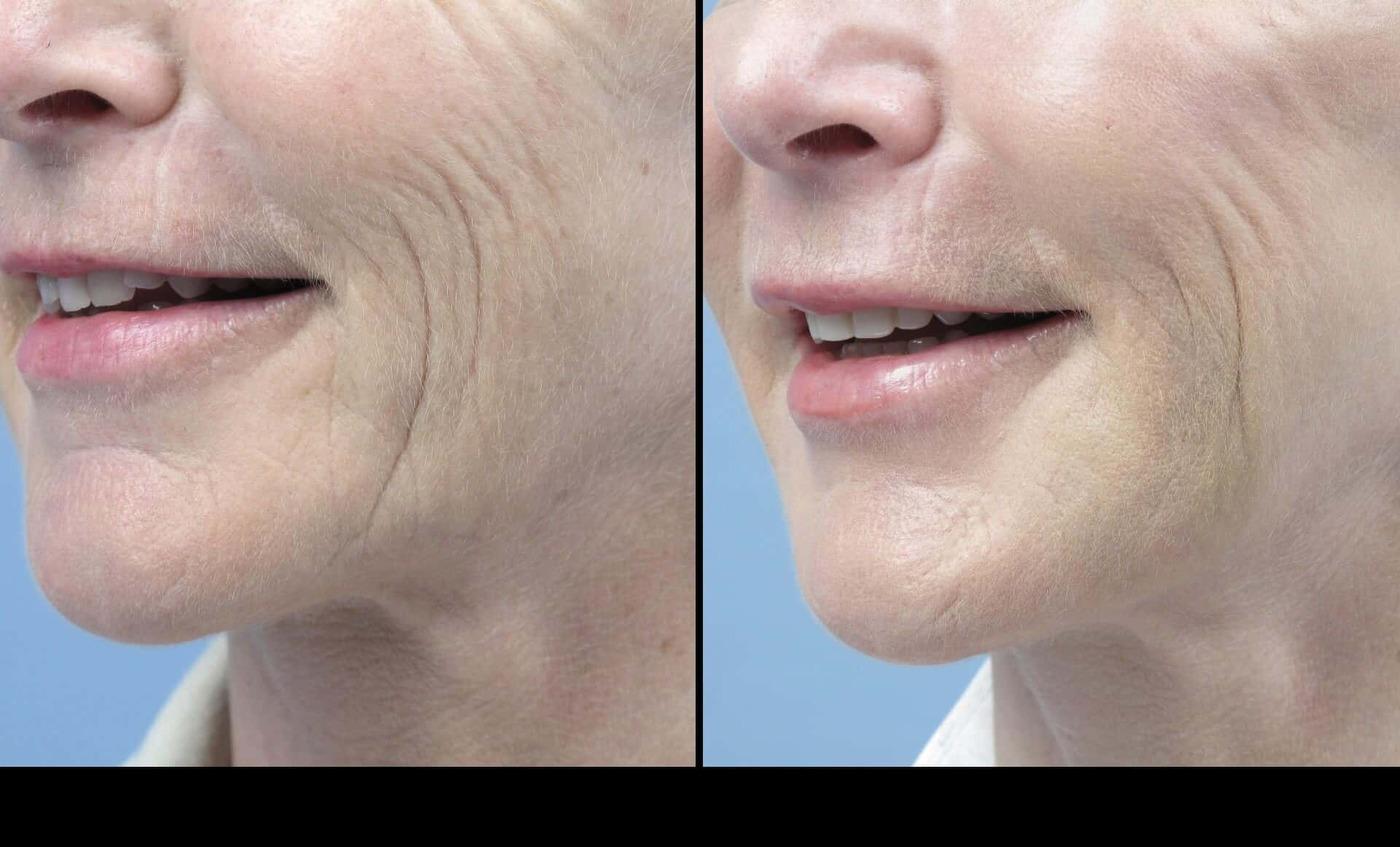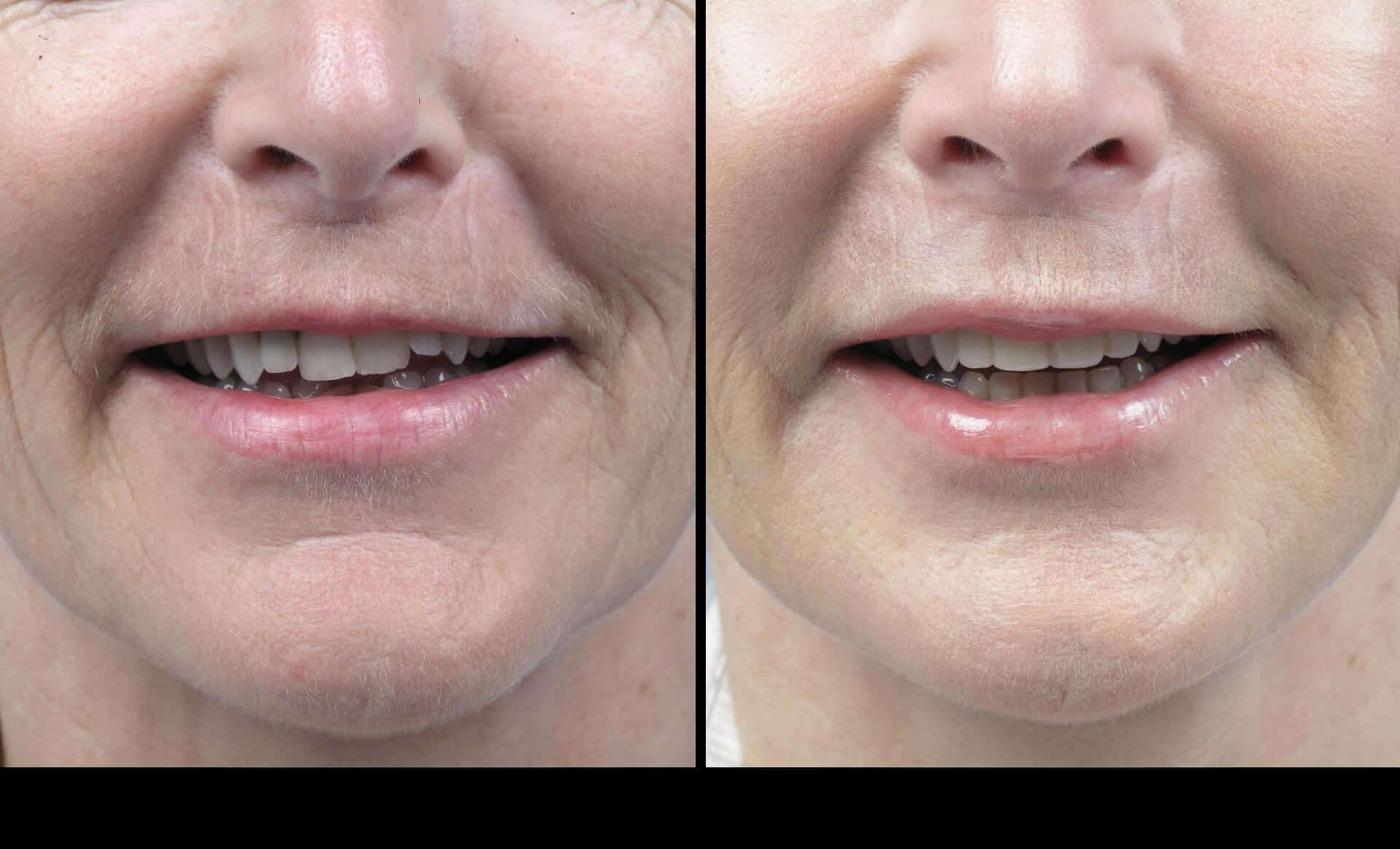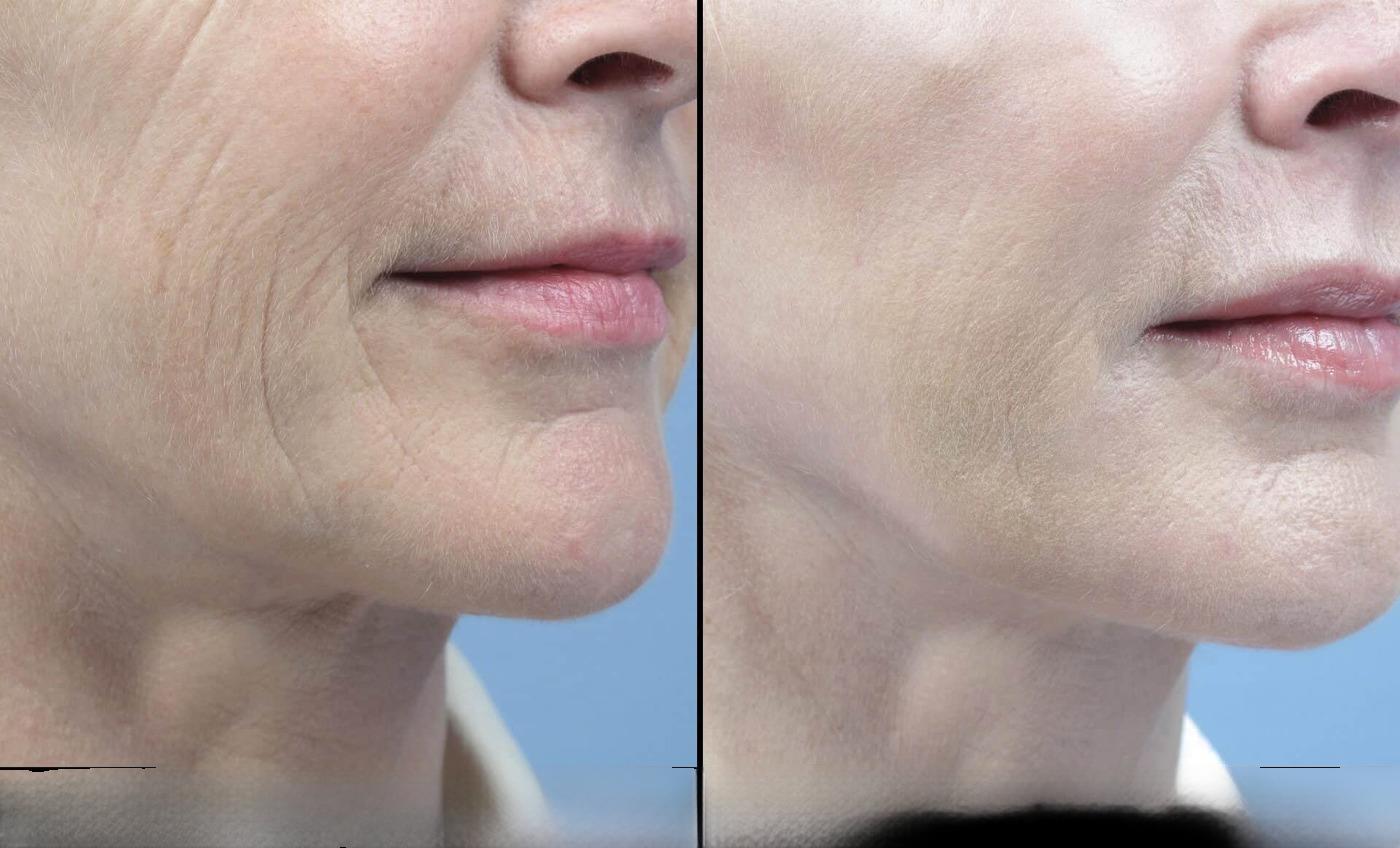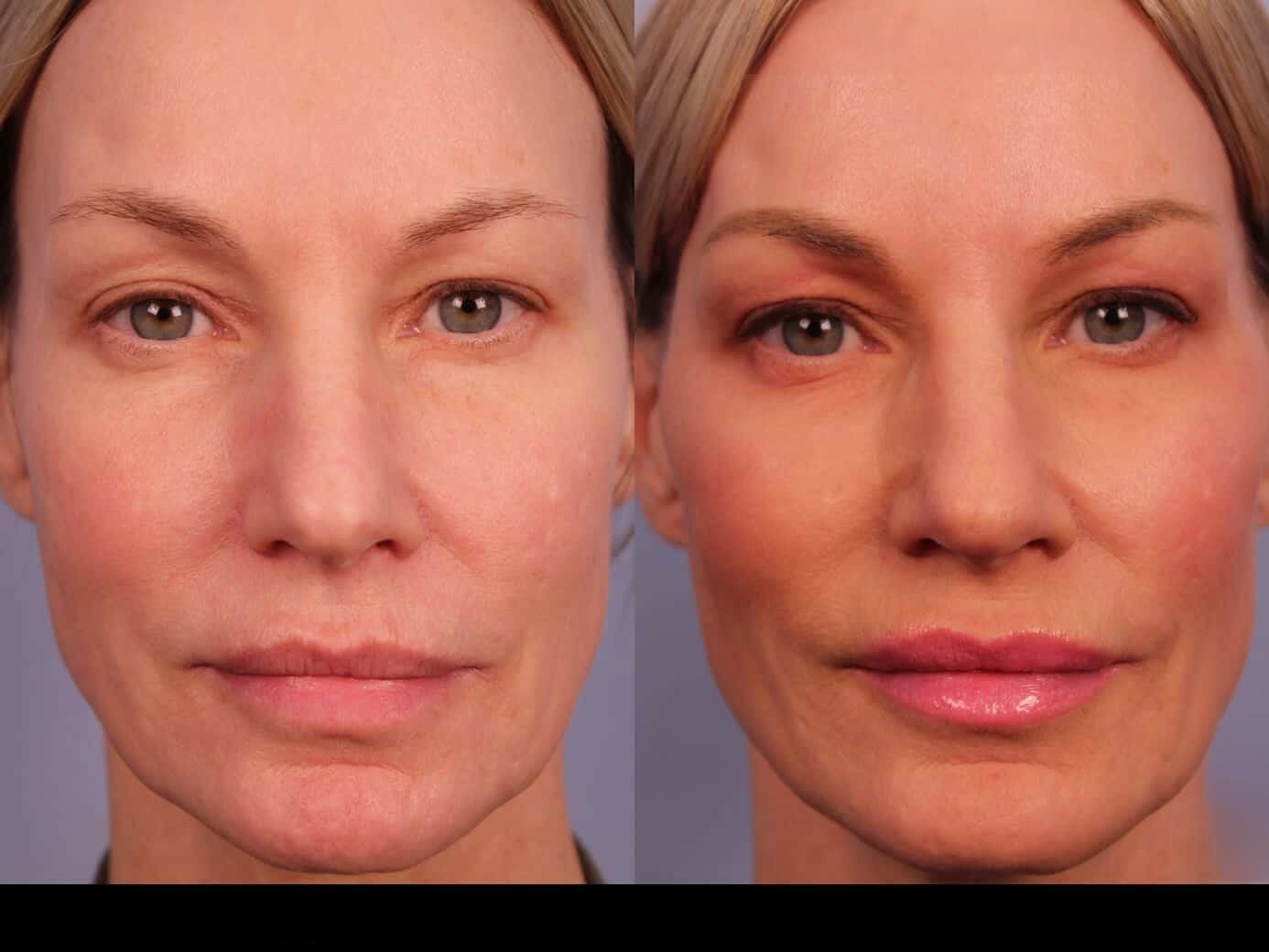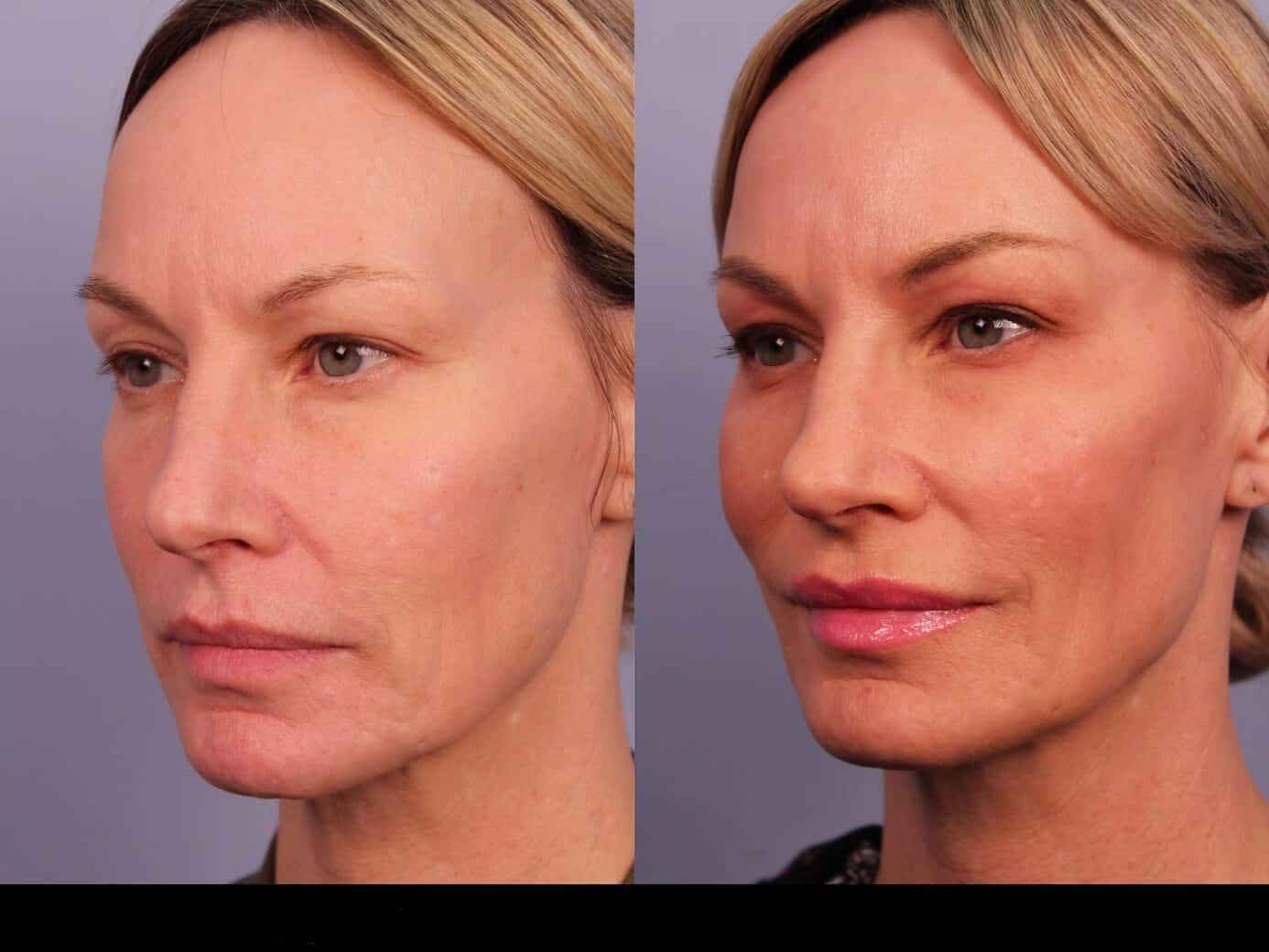How Much Does a Microdermabrasion Treatment Cost?
The most popular Microdermabrasion treatments include the Crystal Peel Procedure, the Silk Peel Treatment, and the Sonopeel procedure. The cost for each treatment are as follows:
- Crystal Peel Procedure: This procedure starts at $330 per treatment.
- Silk Peel Treatment: This procedure starts at $100 per treatment.
- Sonopeel Procedure: This procedure starts at $110 per treatment.
The average cost of Microdermabrasion in Toronto can vary depending on the clinic and the type of microdermabrasion you will be receiving. Please call us for more information on the treatments offered at Toronto Plastic Surgeons.
How Long Does it Take to Recover From a Microdermabrasion Treatment?
Your skin will be pink and feel dry, as if you’ve been sunburned for 24 hours, but there is no recovery time with microdermabrasion. Use moisturizer and sunscreen daily, and you can immediately return to your regular activities. Try to wait 24 hours to apply makeup and wait a few days before extensive sun exposure.
Most people do not require any downtime to recover after microdermabrasion. If you have any side effects, they will subside in a few days, and you will be ready for another session within a week.
How Long Does a Microdermabrasion Treatment Take?
The actual procedure itself takes on average 15-30 minutes. If you opt for a facial treatment on top of your microdermabrasion treatment, a face mask and massage can take around 60-90 minutes.
What is Microdermabrasion?
Microdermabrasion is a procedure that gently removes the top layer of skin to even out skin tone, brighten the complexion, and eliminate acne scars. The procedure takes around 30 minutes and can be combined with other treatments. It is painless and may require several treatments to attain optimal results.
Who is an Ideal Microdermabrasion Candidate?
You are eligible for microdermabrasion if you are over 18 and looking to get rid of age spots, discoloration, sun damage, acne scars, minor wrinkles and lines, clogged pores, or to even out texture.
Microdermabrasion can also be effective for treating mild acne and rosacea.
If you have recently had a chemical peel or collagen injections, you must wait 1-2 weeks before partaking in a microdermabrasion treatment. It would be best if you also stopped tanning and waxing. You cannot receive microdermabrasion treatment if you have severe acne, are pregnant, have deep scars/wrinkles, lesions, warts, herpes, diabetes, or an autoimmune disorder.
Benefits of Microdermabrasion
Some benefits of microdermabrasion include the following:
- Smooths out the skin
- Brightens complexion
- Reduces fine lines
- Evens out skin tone
- Deep cleans pores
Microdermabrasion Risks
Some risks and side effects of microdermabrasion include:
- Skin swelling
- Redness
- Bruising
- A burning/stinging sensation
- Increased sensitivity to sunlight
What to Expect After a Microdermabrasion Treatment
After a microdermabrasion treatment, you may experience some temporary side effects like redness, a sunburned feeling, skin tightness, sensitivity, and bruising. It is a non-invasive, gentle procedure and a typical treatment plan ranges from 5-10 sessions spaced 1-2 weeks apart.
After your microdermabrasion treatment, you may experience immediate improvements, but optimal results cannot be seen until you complete all treatments in your plan.
Microdermabrasion Recovery & Timeline
There is no required downtime after receiving microdermabrasion treatments. You will experience some side effects and need to wait a few days before going into the sun and one day before applying makeup, but so long as you apply sunscreen, use a gentle face wash, and moisturize, you will recover quickly and be happy with your results once your treatment plan is over.
Also, avoid excess sweating/exercise during the first week of recovery, as it may affect your skin.
Why Choose TPS for your Microdermabrasion Treatment
Our trusted aesthetic specialist has dedicated his 25 years of practice to cosmetic plastic surgery of the face and body. He prides his excellence on the harmonious balance of vision, aesthetic appearance, and patient care. He is known for his skill and personalized, respectful approach to patients. Contact TPS and our team today for a consultation so you can look forward to rejuvenated, smooth skin.
FAQs
What Happens During the Procedure?
During the microdermabrasion procedure, your doctor will gently use a handheld device that removes the top layer of the skin. It is neither painful nor invasive and takes 30-40 minutes to treat the entire face and around 20 minutes to treat the neck. After the treatment, a moisturizer is applied.
When Can I Safely Get Another Microdermabrasion Treatment?
Your skin will recover quickly after your first treatment, and most patients get their subsequent treatment just a week later.
What Should I Ask My Microdermabrasion Consultant?
When discussing your treatment options with TPS’s trusted aesthetic specialist and our team, talk about the condition of your skin, your desired results, and the number of treatments you may require. You should also disclose your health history and goals.



























